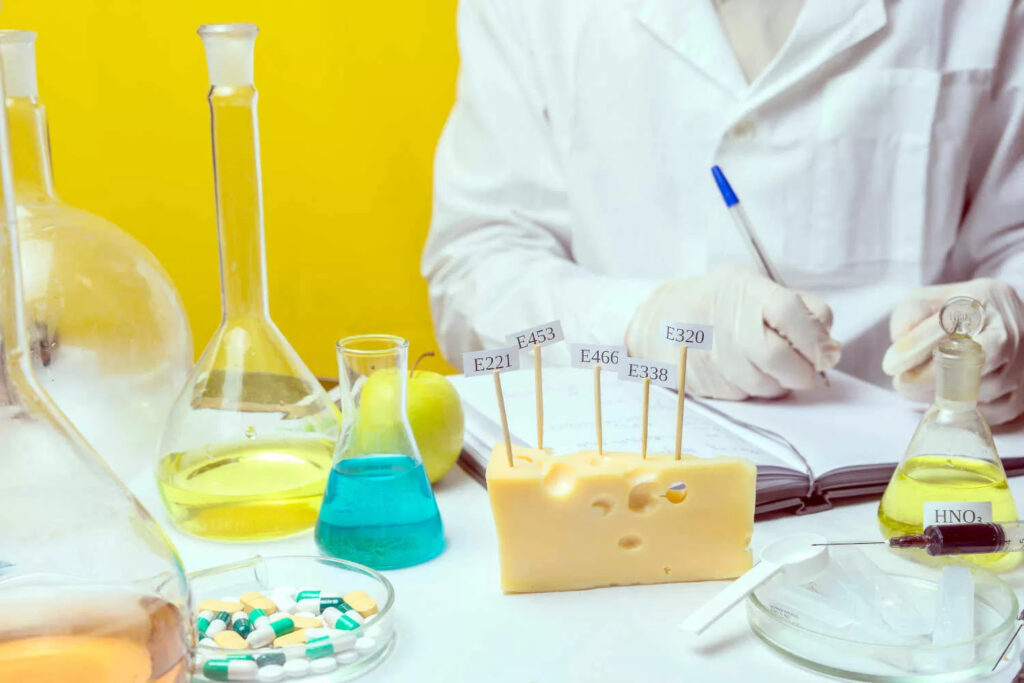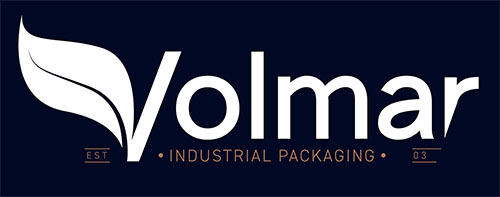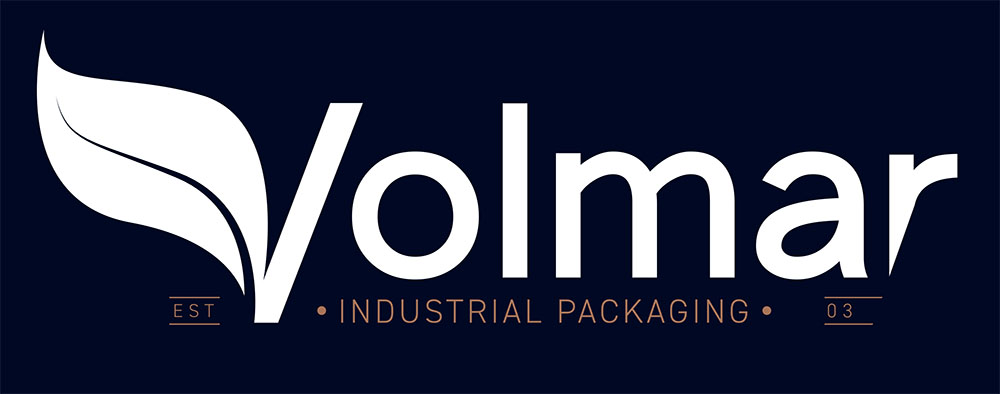
Food additives are substances used in the food industry to perform specific functions in food preparation and preservation. Their use is regulated by Italian and European laws to ensure consumers’ safety.
What are food additives?
A food additive is a special substance that alters some of a food’s properties. Additives can be of natural origin or modified in a laboratory to adapt them to the requirements of the food industry.
They have no nutritional value, so they are not eaten as food but used to color, preserve, or sweeten food products. Additives can be added at various stages of the production process, from preparation to packaging to storage of the foods.
Which food additives are there?
There are many food additives allowed in the food industry, identified by a name consisting of the letter E followed by a numeric code. They are divided into groups according to their function to make it easier to recognize the substances used in the food industry.
- Colorants (E100–E199): improve the appearance of foods and drinks;
- Preservatives (E200–E299): reduce or eliminate alterations caused by microorganisms;
- Antioxidants and acidity regulators (E300–E399): prevent fruit and veg from darkening and fat rancidity;
- Thickeners, stabilizers and emulsifiers (E400–E499): improve some of the physical characteristics of foods;
- Acidity regulators and anti-caking agents (E500–E599): reduce the formation of lumps in food products;
- Flavor enhancers (E600–E699): improve the smell and taste of foods;
- Sweeteners and miscellaneous E numbers (E900–E999): enhance some of the sensory characteristics of products;
- Other additives (E1000–E1999): substances that do not fall under the previous classifications.
Another type of food additive is packaging gases, like argon and helium, used to package foods in a protected atmosphere. These gases replace the natural air in the package to prolong the shelf life of products, creating the perfect packaging for fresh and perishable foods using special rigid films.
Some examples of food additives
Examples of food additives include a number of sweeteners like stevia and acesulfame, substances that make food products sweeter and add other characteristics, like xylitol for extra freshness. Food colorants, on the other hand, include substances like curcumin and chlorophyll.
Some examples of preservatives are sorbic acid and potassium nitrate, the latter of which is used in animal products like cheese. Flavor enhancers are used to improve the flavor of foods, like monosodium glutamate, which is used in the treatment of meat.
Legal regulations on food additives
The use of food additives is regulated by a number of European and Italian laws, like Regulation EU 1169/2011, which governs the requirement to indicate these substances on food product labels. Regulation EC 1333/2008 establishes the criteria that must be met to be granted approval for new food additives and groups the various types of additives.
All food products that contain additives must state this on the label. As well as the ingredients, the label must indicate the function of the additive and the substance used, e.g. colorant: E100 or colorant: curcumin.
Over the years, some dangerous food additives have been prohibited in line with advances in scientific research, like E128, the colorant Red 2G in 2007. These days, additives are approved and monitored by the European Food Safety Authority (EFSA) and are periodically evaluated to ensure maximum safety for European consumers.

